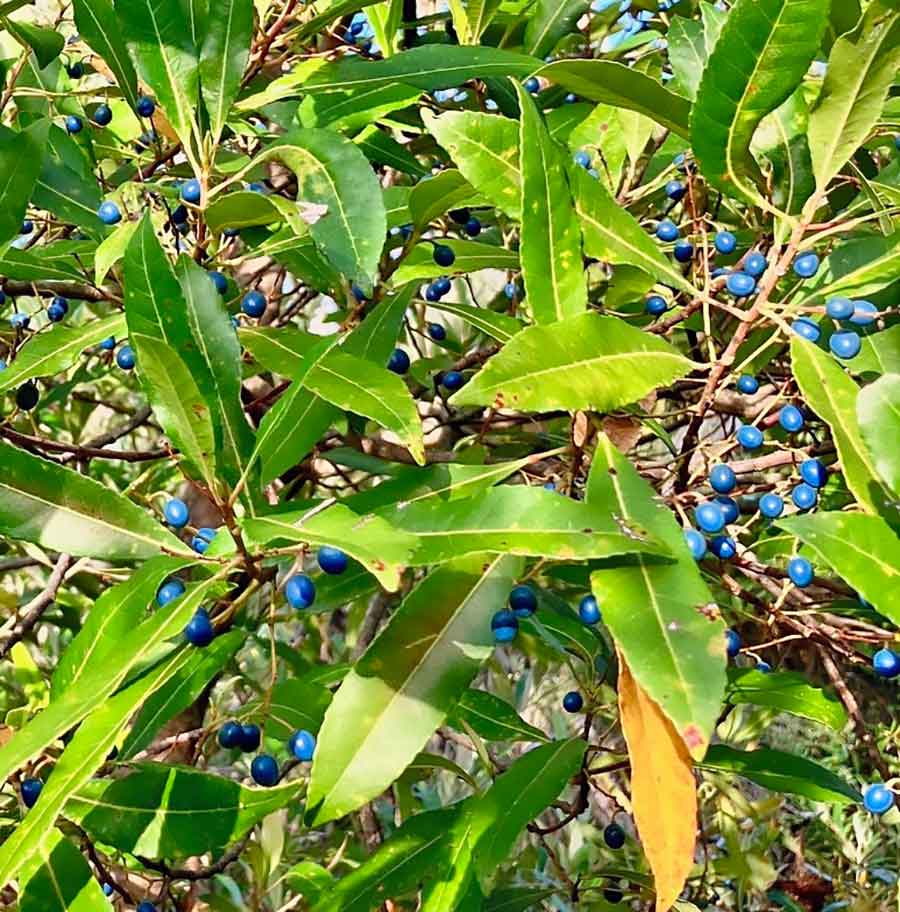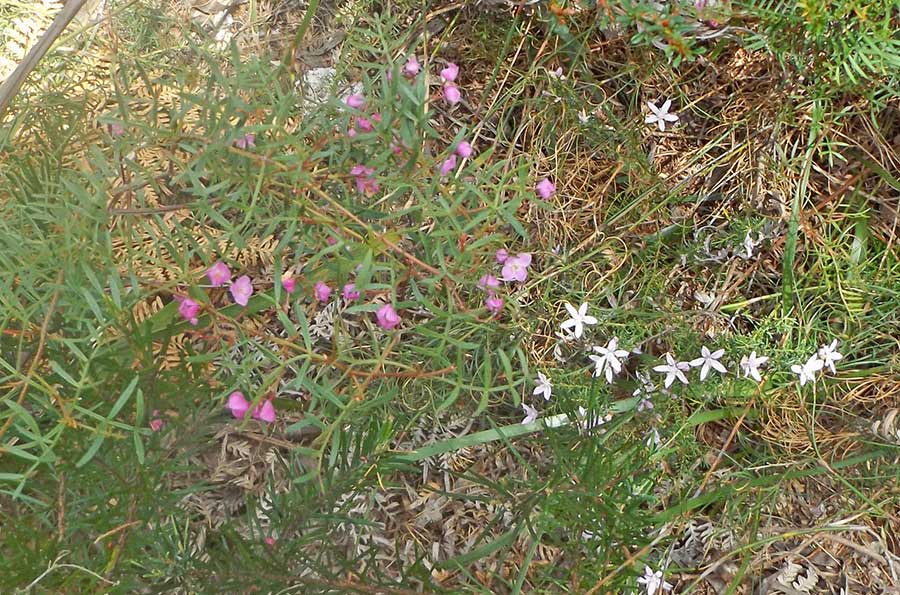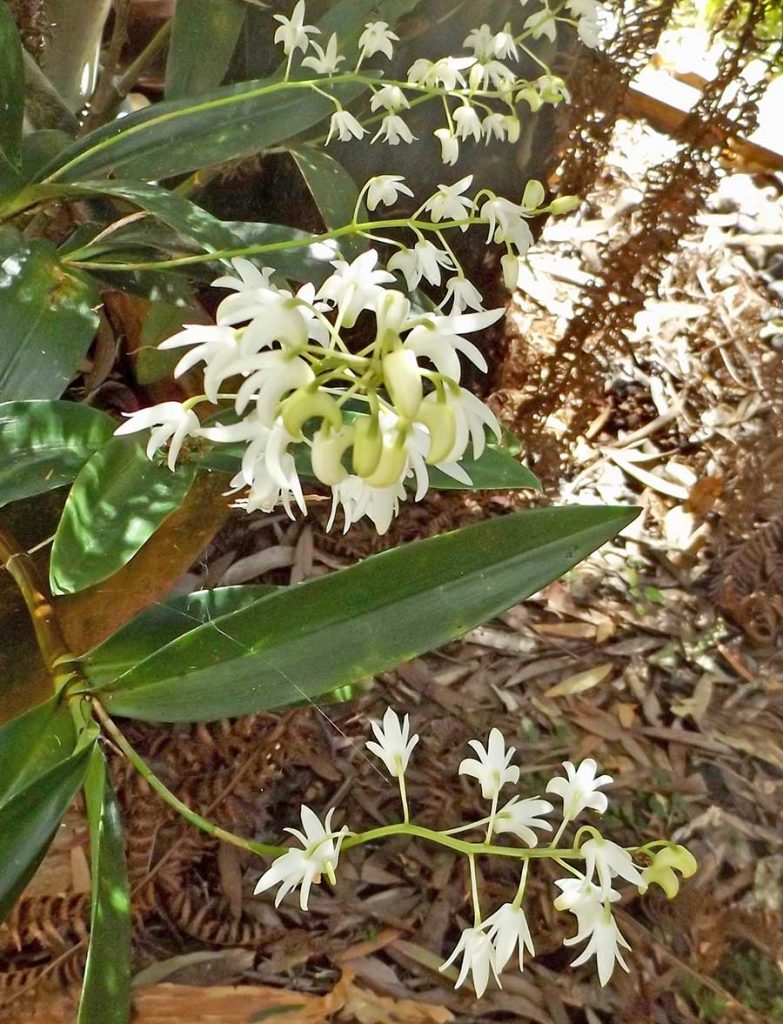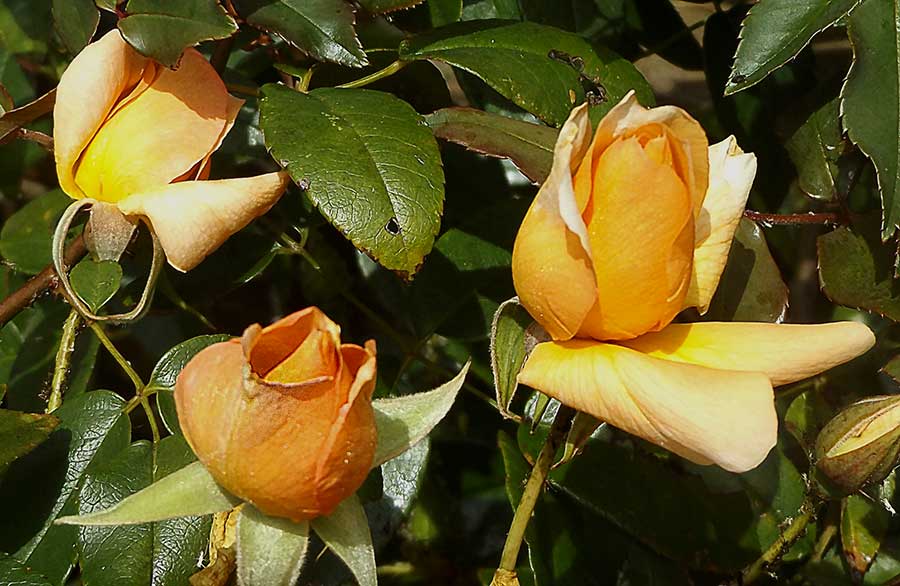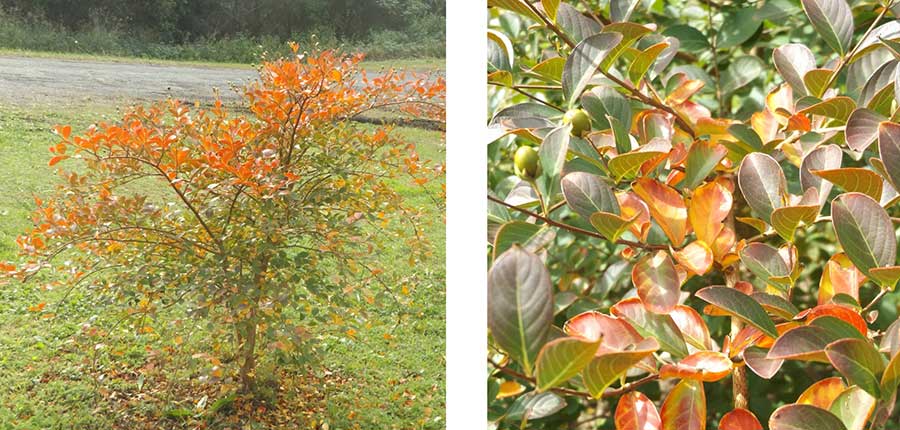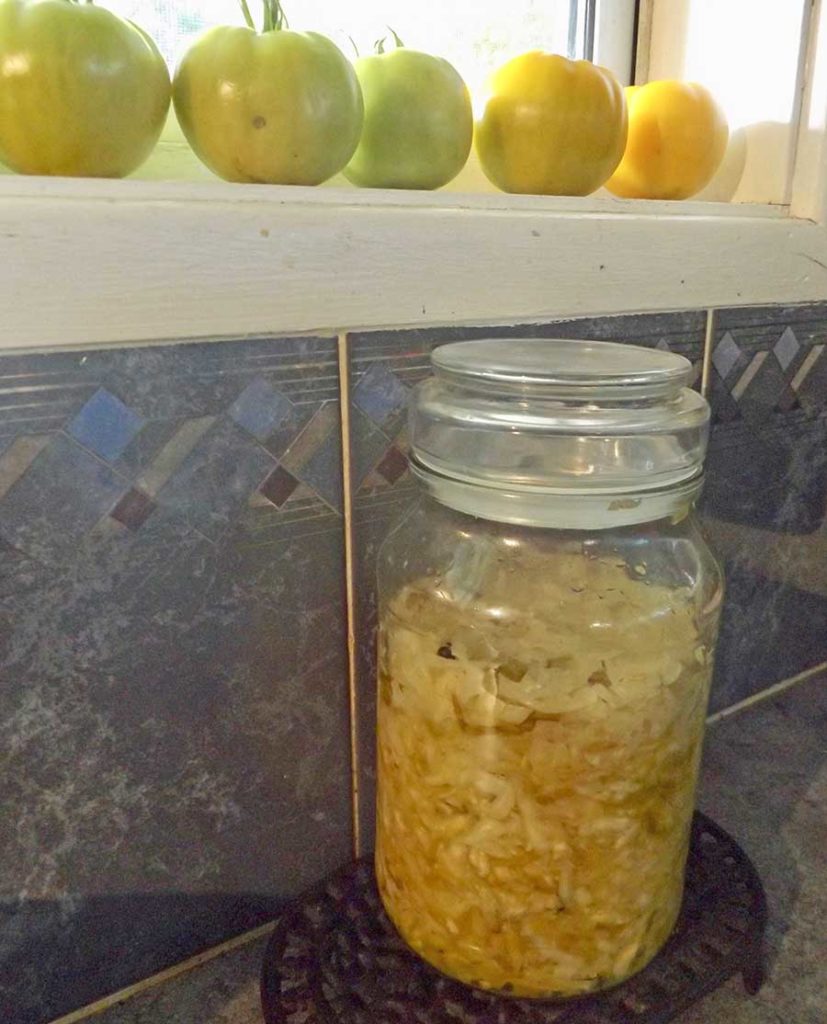With distant snow-capped Alps in my mind’s memory, I have just revisited a few of my most often visited local nature spots.
I found no Alps, but mythical cloud mountains over a pewter sea. The ephemeral will have to do.

Sun-splashed, that sea butts as restlessly as ever against the rugged cliffs that guard the Camden Haven.

The bush above the cliffs is equally buffeted by the sea winds, so grow low, and bend to survive. It is nothing like the bright verdant forests of Northern Italy, but I have been thirsting for this greyish-brownish-green, quite ‘verde’ enough for me. After all, as Kermit almost said, ‘it’s not simple being green’.

I marvel anew at the uniquely grotesque beauty and bounty of the banksia trees.

Being almost Spring, there are many small patches of colour already amongst the greys of the fallen trees. Flowers like the pink Boronia, many yellows, whites like the perfumed Pittosporum, the bright lime winged seed cases of Dodonea, or the striking berries of the Blueberry Ash.

In one dry but sheltered swamp this big paperbark tree had a large section of bark hanging by a thread, spinning in the breeze like a top, or a banner saying, ‘Look at me’!


Of course there were wattles to greet me, as there were on my other favourite walk, to the beach near me, where two sorts thrive.

The beach itself was disappointingly but familiarly abused, scored by dozens of 4WD tyre tracks. I watched the air bubbles after each wave receded, and wondered what small creatures were taking refuge beneath the sand. No tiny ghost crab would be game to stick its head up here…

On the dry higher sand where grass is holding it all together, there were fewer tracks — although there should be none — and just an occasional spot of colour like this succulent, where another plant struggled to get going.

As I walked back, I felt truly home when this lone kangaroo stopped to watch me.





